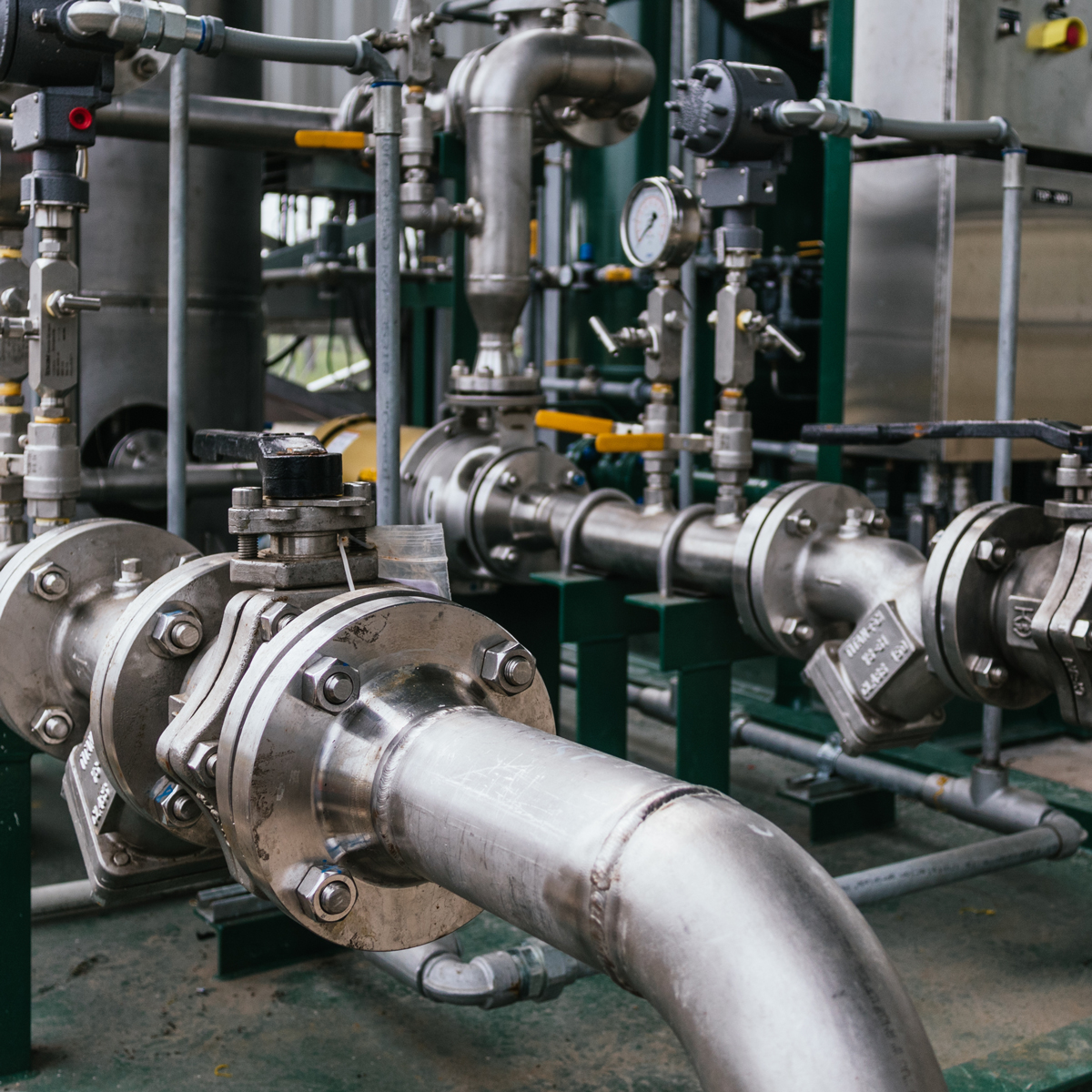Menu

Duration: 0.50 Hrs
Course Level: Intermediate
Languages: English
Capability: Audio, Video
This course covers the definition of a bus and then discusses computer storage such as USBs, FireWire, CDs, and DVDs.
Duration: 0.25 Hrs
Course Level: Intermediate
Languages: English
Capability: Audio, Video
A database program assists in managing large collections of information. A database makes it easy to store, sort, and maintain information. This course will discuss database design, reports, spreadsheets, word documents, and toolbars.
Duration: 0.25 Hrs
Course Level: Intermediate
Languages: English
Capability: Audio, Video
This course covers the basics of all different kinds of input and output devices for computers from keyboards to the mouse. It also discusses data sorting, user data inputs, image inputs, visual outputs, audio outputs, and networks.
Duration: 0.50 Hrs
Course Level: Intermediate
Languages: English
Capability: Audio, Video
The field of electronics deals with information in the form of electrical signals. Most of the electrical signal information that people encounter is in analog form. An analog signal is one that is continuously variable between the minimum and maximum values. This course begin with a discussion on digital and analog signals, covers truth tables and common logic functions, and then concludes with logic circuits and analog conversions.
Duration: 2.00 Hrs
Course Level: Intermediate
Languages: English
Capability: Audio, Video
This course is designed to familiarize participants with the basic operating principles of fiber optic systems and some of the basic installation and testing methods. After completing this course, participants should be able to describe characteristics of glass fibers and describe the function and types of fiber optic connectors. They should also be able to describe basic procedures for installing and testing fiber optics.
Duration: 2.00 Hrs
Course Level: Intermediate
Languages: English
Capability: Audio, Video
This course is designed to familiarize participants with basic concepts that apply to setting up and troubleshooting control networks. After completing this course, participants should be able to describe different types of cables and connectors that are used to link together devices in control networks. They should also be able to describe basic procedures for installing, testing, and troubleshooting control networks.
Duration: 1.00 Hr
Course Level: Intermediate
Languages: English
Capability: Audio, Video
In all control systems, inputs pass information to the decision-making controller, which then passes information to output devices. The manner in which this “information-passing” process works varies with the type and complexity of the control system. This course will provide an overview of some different types of control systems, as well as some basic concepts that apply to control system networks.